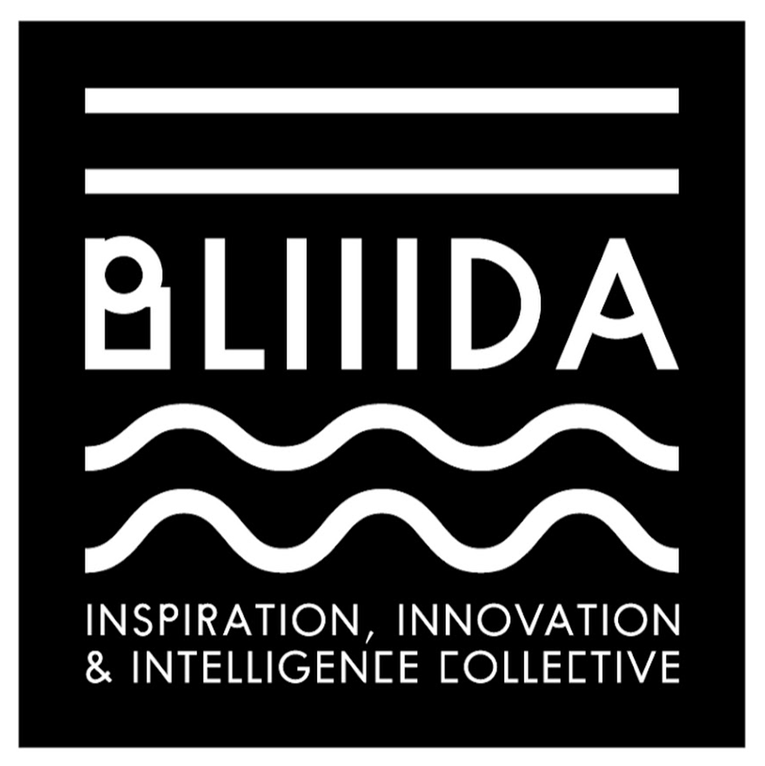First stage : nature reserve of Ry d’Hôwisse in Tellin (Wallonia)
Insects, birds, bats … street lighting has a significant impact on many wildlife species. Within the framework of a vast project covering the territory of the Greater Region, Natagora is launching a field study to objectify this impact and propose solutions.
The “Smart Light-Hub” project, deployed in the Greater Region, aims to facilitate the emergence of collective responses to questions posed by artificial lighting. The project also aims to strengthen cross-border cooperation in order to define an innovative vision, respectful of ecosystems, economically profitable and creative of lighting in public and private spaces.
In a context where many municipalities are gradually replacing their lighting park for less energy-consuming and technologically more efficient LED luminaires, Natagora aims in particular in this project to measure the impact of public lighting on several groups of animal species (mammals, birds, insects). Natagora has therefore implemented a specific protocol in order to conduct a field study, in Wallonia and on the various slopes of the Greater Region. The launch of this vast study is given on Tuesday, June 16, 2020. This study will take place in an open environment (meadows, hedgerows) in 2020 then in a closed environment (wood) in 2021. Its purpose is to assess the effect of so-called “impacting” LED lamps (4,000 Kelvin) and other less impacting lamps (2,200 Kelvin) on biodiversity.
The Natagora team of the Smart Light-Hub project invites the press this Tuesday June 16, 2020 to the first study site in order to present the project concretely. The luminaires that will be used for the study, as well as the equipment for monitoring biodiversity likely to be impacted by artificial lighting will be installed. Project specialists will be on hand to answer your questions.







